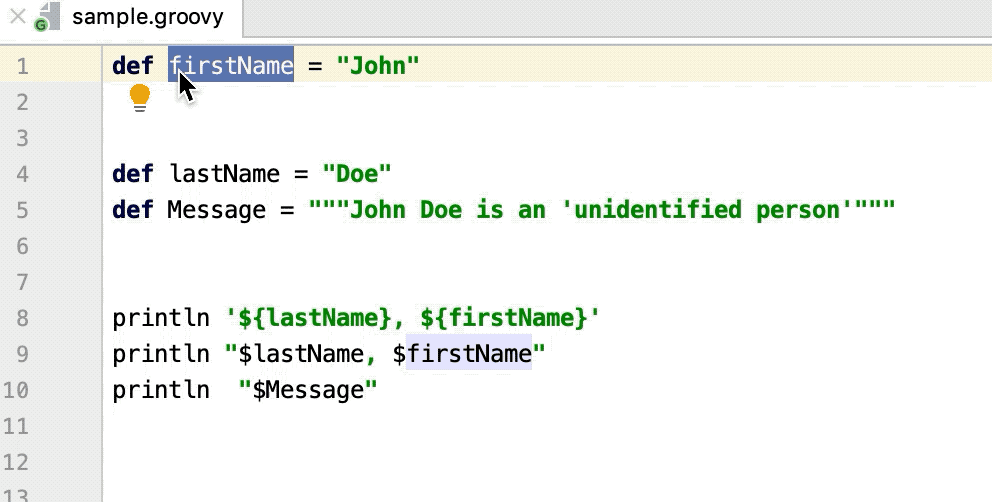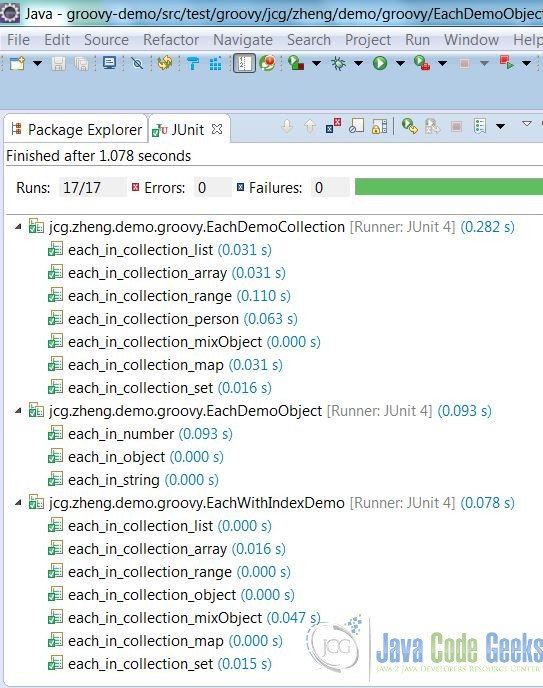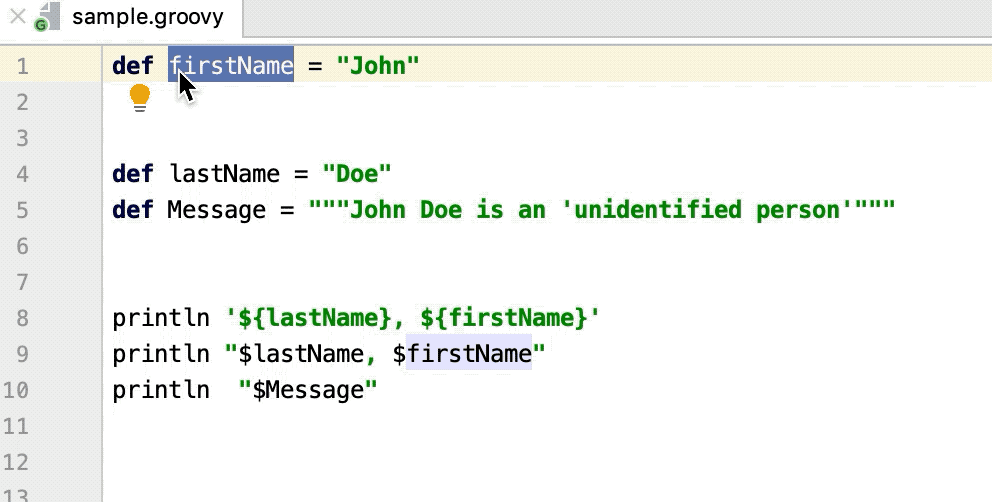
As Groovy is a Java-compatible language, we can safely use them. Java itself provides several ways of checking for an item in a list with : The contains method. The Groovy Development Kit contains methods for stripping out the indentation with the StringstripIndent() method, and with the StringstripMargin() method that takes a delimiter character to identify the text to remove from the beginning of a string. List (lists in Groovy are closest related with tuples in Python 1,2): list 1, 2 m(list) Map: map a: 1, b: 2 paramsList map.values().toList() m(paramsList) An importan point is that you pass the arguments by position.
#Groovy method map code
("output-value", outputHeaderValue)ĭef result = GroovyRequestFixture. I observed the simple facilities provided by Groovy for these purposes in comparison to the complexity required in Java. First, well focus on just testing if a given collection contains an element. If your code is indented, for example in the body of the method of a class, your string will contain the whitespace of the indentation. This can be used to invoke a method with multiple parameters and then spread a list into the values for the parameters. Import .GroovyRequestFixtureĭef outputHeaderValue = ("input-value") + ":bar" If you want to store functions in the map and evaluate them lazily you will have to store these functions as closures for instance. Right now Ive hard-coded JSON keys to convert it to map.

First parameter's properties will be the I have this method which creates a map from a JSON request parameter. In the following example, we use for the py method: import

In that case, keys of the map are interpreted as method names, while the values are the method implementation. And if the key gets found, that returns the value associated with that key. Maps provide the ability to develop structures you can search by key. In this article, I examine creating and initializing maps in Java and Groovy. By adding a Meta Object Protocol (MOP) to enable metaprogramming, Groovy adds powerful capabilities that enable dynamic. I observed the simple facilities provided by Groovy for these purposes in comparison to the complexity required in Java. For example, some implementations prohibit null keys and values, and. Notably the interface has a note in there that says: Some map implementations have restrictions on the keys and values they may contain. Groovy is a JVM language with a primary goal of extending Java. Remember that groovy maps are still just Java maps with 'enhancements', so the rules that apply to Java still apply to groovy. As an alternative, Groovy allows you to coerce a map into an interface or a class. As explained earlier, Metaclasses play a central role in method resolution. We can t talk much about Grails without a solid understanding of Groovy, because it s so integral to how Grails works. The newly created method by the AST transformation invokes the original method. Usually using a single closure to implement an interface or a class with multiple methods is not the way to go. We can also explicitly define which parameters of our original method should be named arguments using the annotations and These annotations need to be defined for each parameter. If the first parameters are a class type, then the properties of the class can be used as named arguments. A Map Groovy is a collection of Key Value Pairs. The existing method is still available, but Groovy adds an extra method to our generated class.īy default, Groovy will make the first parameters of the original method part of the new method for supporting named arguments. Guru99, is, Best, for, Groovy true Best Learning Groovy Maps. Since Groovy 2.5.0, we can use the AST transformation annotation to let Groovy create a method where the first parameter is a Map that supports named arguments for an existing method. I use the Groovy llect() method in lines 90-111 to take apart each sublist of employee data and convert it into a map. The Map must be the first parameter of the method to make it all work. In fact, Groovy collects all named arguments (defined using the name followed by a : and the value) into a Map.


Groovy supports named arguments for methods.


 0 kommentar(er)
0 kommentar(er)
